To repot cactus/succulents?
befulina
15 years ago
Related Stories
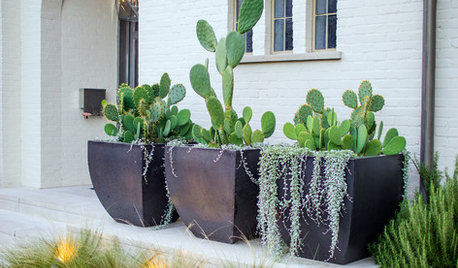
CONTAINER GARDENSCactus and Succulent Containers Are Ideal for Hot, Sunny Spots
Bring on the sun with these heat-loving succulent container gardens
Full Story
HOUSEPLANTSGreat Houseplant: Holiday-Blooming Cactus
You may know it as Christmas cactus, but whichever holiday floats your boat, this plant is a year-round beauty
Full Story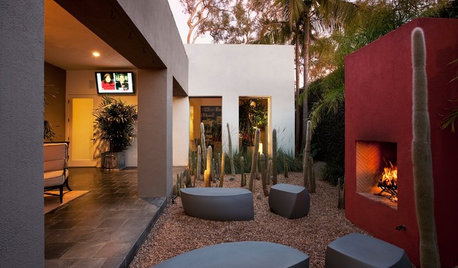
GARDENING GUIDES10 Creative Ideas for Cactus and Succulent Gardens
Arrange cactuses and succulents amid salvaged treasures, against a vibrant painted wall or in terraced beds
Full Story
FLOWERS AND PLANTSUnusual Totem Pole Cactus Is a Standout in Southwest Gardens
This thornless cactus makes a statement in the ground or in a container in mild-winter climates
Full Story
GARDENING GUIDES8 Cactuses Bring Spring Flowers to Dry Gardens
These prickly desert plants transform in spring with the arrival of their colorful blossoms
Full Story
DIY PROJECTSQuick DIY Project: 3 Ways to Show Off Your Succulents
Create a simple yet lush vignette with a few plants and some everyday items
Full Story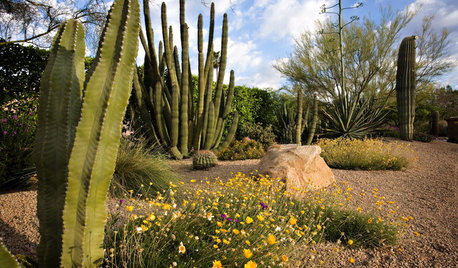
SOUTHWEST GARDENINGTall Cactuses Bring Drama to Southwestern Gardens
See how 5 columnar cactuses add a striking design element to warm-weather gardens, courtyards and entries
Full Story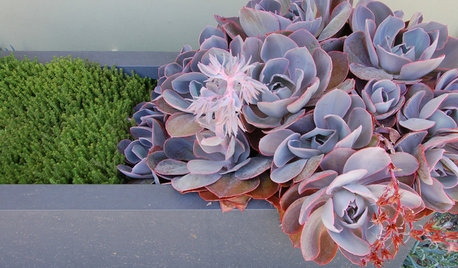
SUCCULENTSGrow a Garden of Succulents for Easy Beauty
Low-water plants in a wide range of colors, shapes and sizes? Sign us up — and check out our faves here
Full Story
GARDENING GUIDESSucculents Juice Up Outdoor Gardens
Climbing garden walls or sprouting from cans and crates, succulent plants add a creative touch to ordinary landscapes
Full Story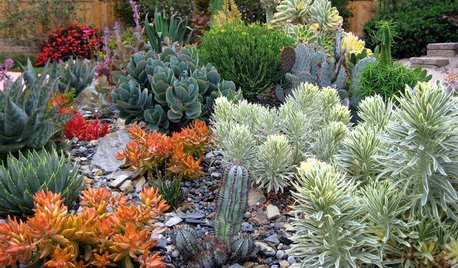
GARDENING GUIDESA Beginner’s Guide to Growing Succulents
Their easy-care reputation is well-deserved, but a little TLC will turn succulents into star plants
Full StoryMore Discussions










joscience
User
Related Professionals
East Rancho Dominguez Landscape Architects & Landscape Designers · Sand Springs Landscape Architects & Landscape Designers · Arlington Landscape Contractors · Costa Mesa Landscape Contractors · Mesa Landscape Contractors · Milton Landscape Contractors · Santa Ana Landscape Contractors · Hagerstown General Contractors · Marietta General Contractors · Waianae General Contractors · Mountain Home Carpenters · Needham Carpenters · Columbia Decks, Patios & Outdoor Enclosures · Medford Decks, Patios & Outdoor Enclosures · Monroe Decks, Patios & Outdoor Enclosuresminime8484
joscience
jefe12234
xerophyte NYC
lindasewandsew
xerophyte NYC
blutarski
joscience
xerophyte NYC
shari0507